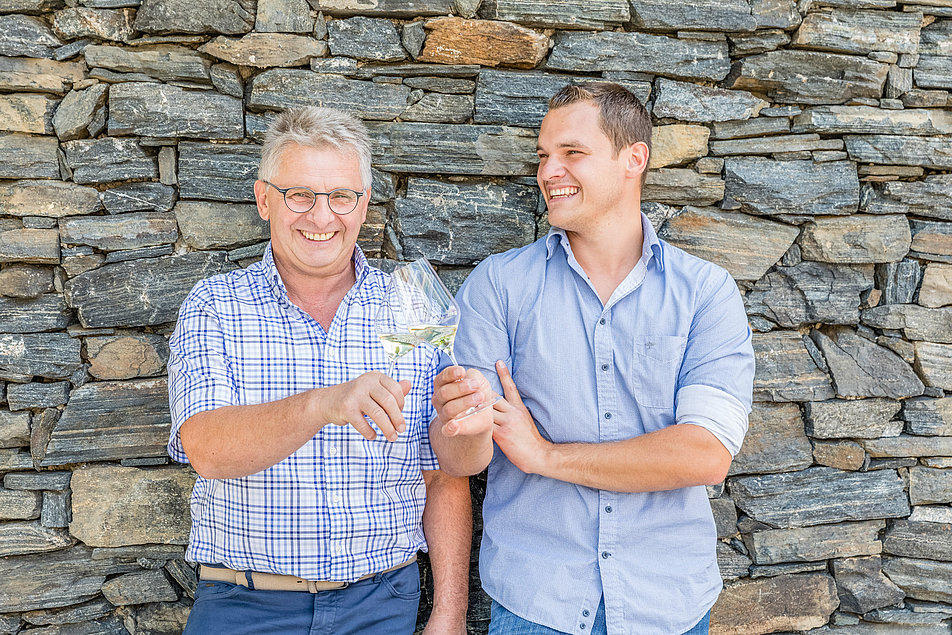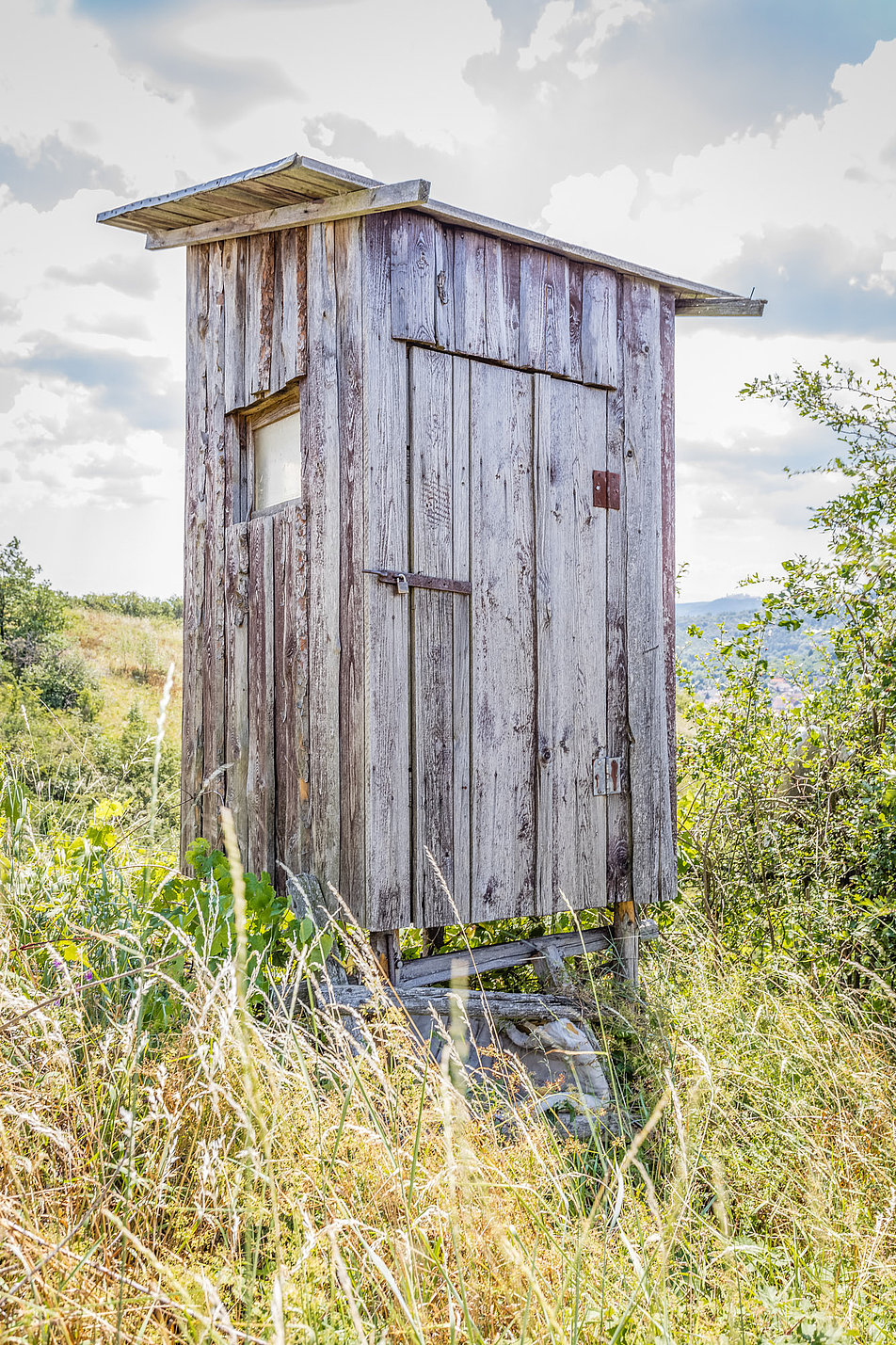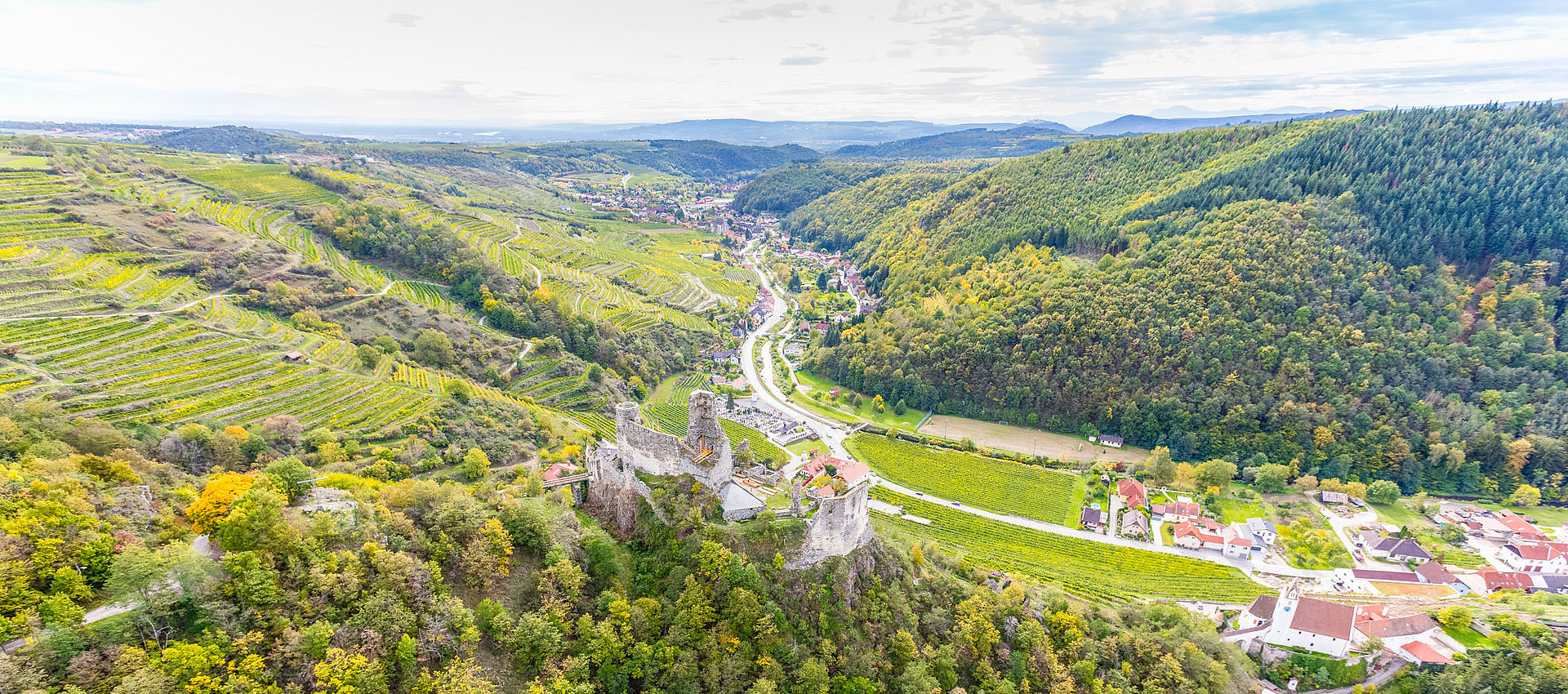Generation 9 and 10
Franz & Patrick
It is truly the highest priority for a family operation like ours to have a vital & thus healthy soil, as well as an undamaged environment, which has been cultivated for many generations.
Only a diverse habitat, one rich in a wide variety of species, is capable of producing healthy grapes with a wealth of aromatics.
Original. Terroir & Passion pure.
wines with unmistakable signature of the winegrower

1738 Lorentz Proydl
(1755) Laurentius Proydl
1774 Georg Proydl
1806 Lorenz Proydl
1830 Johann Proydl
1870 Josef Proydl
1900 Franz Leopold Proydl
1929 Robert Proidl
1961 Franz Proidl
1992 Patrick Proidl
This demands that the individuals involved pay constant attention to the entirety of nature’s cycle, and do so over extended periods of time.
This results in an individual plan of management for each individual vineyard, specially tailored to its nature and its needs.
Because in the long run, no fashionable trend in viticulture can produce what we understand as authentic wine. We only place our trust in soils and vines that themselves feel well.
Embankments and stone walls support the living environment.
They provide a special sanctuary for insects (honeybees, bumblebees, wasps, butterflies...), birds, hares, deer, lizards, snakes, wild plants, shrubs and trees.
Straw helps out:
- At certain times, we cover the terraces with straw.
- This inhibits the process of evaporation, which is very extreme, especially in the steep, south-facing sites
- The growth of weeds is suppressed by natural means
- A permanent layer of humus is built up, making the soil on the austere terraces more vital and resistant to heat & drought
- Ground pressure resulting from machine cultivation is reduced
- Erosion is impeded
In ‘tractor-friendly’ vineyards, we work on a rotating basis with colourful vineyard greencover, where many nitrogen collectors such as white clover, yellow clover and crimson clover thrive. Many wild herbs and phacelia grow, providing an irresistible invitation to bees and other insects. Deep-rooted crops such as alfalfa take over part of the cultivation process and provide the grapevines with natural nutrients. In addition, every year we apply large quantities of compost and horse manure.




